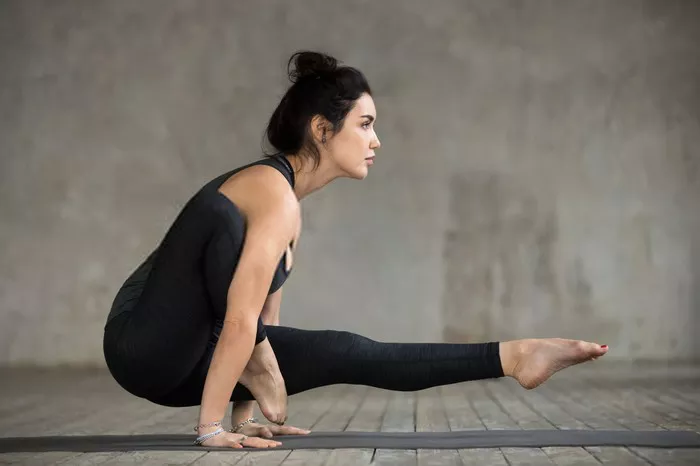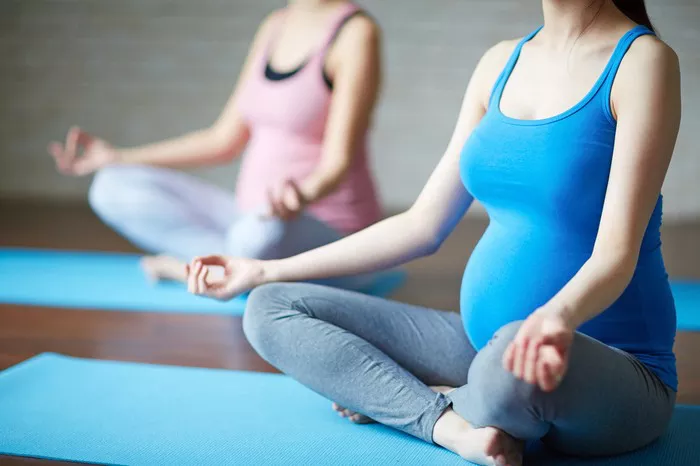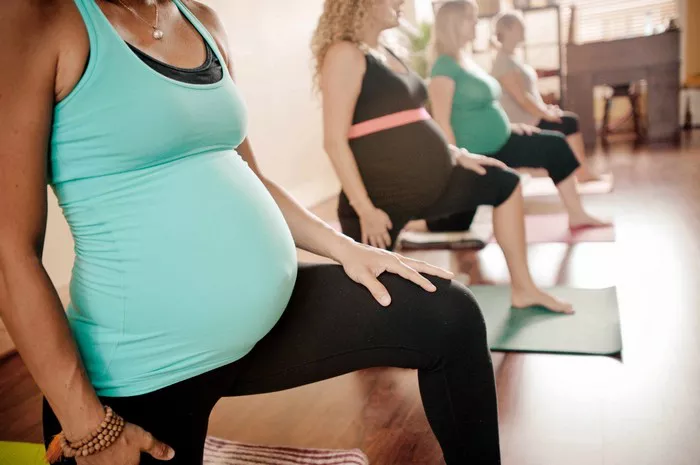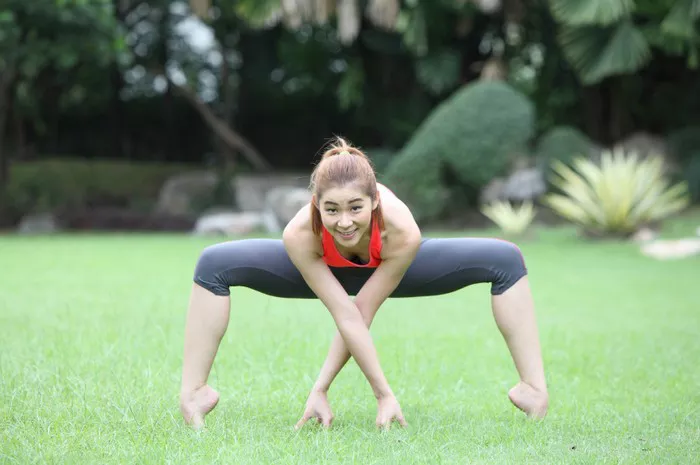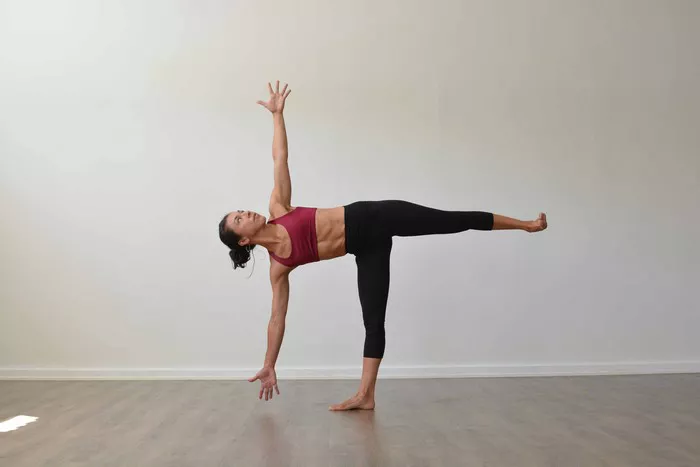Restorative yoga is a gentle, calming practice designed to promote deep relaxation and healing. Unlike more vigorous styles of yoga that focus on building strength, flexibility, or cardiovascular fitness, restorative yoga emphasizes rest, recovery, and mental stillness. With its use of props, extended holds, and a slow pace, restorative yoga is often perceived as a practice that makes you feel deeply relaxed and, in some cases, sleepy.
If you’ve ever wondered whether restorative yoga can make you sleepy—and why—it’s helpful to explore the science behind the practice, its physiological and psychological effects, and how it aligns with your body’s natural rhythms. This article delves into these aspects, offering insight into why restorative yoga might leave you feeling ready for a nap, as well as how you can harness its benefits for overall well-being.
Understanding Restorative Yoga
Restorative yoga is a therapeutic form of yoga that focuses on relaxation and stress relief. It typically involves holding postures, or asanas, for extended periods—ranging from 5 to 20 minutes—while using props like bolsters, blankets, straps, and blocks to fully support the body. Unlike active yoga styles such as Vinyasa or Ashtanga, restorative yoga requires minimal muscular effort, allowing the body and mind to completely let go.
The practice is deeply rooted in the philosophy of pratyahara—a yogic principle that means “withdrawal of the senses.” This inward focus enables practitioners to disconnect from external stimuli and tune into their body’s natural state of relaxation. The slow, mindful approach of restorative yoga triggers the parasympathetic nervous system, often called the “rest and digest” system, which is responsible for promoting calm and repair in the body.
Why Does Restorative Yoga Make You Sleepy?
To understand why restorative yoga may make you feel sleepy, it’s important to explore the physiological and psychological mechanisms at play.
1. Activation of the Parasympathetic Nervous System
The modern lifestyle often keeps us in a state of high alert, dominated by the sympathetic nervous system—or the “fight or flight” response. Stress, work pressures, and constant stimulation from digital devices can keep this system active for prolonged periods, leading to physical and mental exhaustion.
Restorative yoga, by contrast, encourages the activation of the parasympathetic nervous system. Through supported poses, deep breathing, and stillness, your body is signaled to slow down, conserve energy, and focus on rest and repair. This shift not only reduces stress hormones like cortisol but also increases the production of relaxation-promoting chemicals such as serotonin and melatonin, which can make you feel sleepy.
2. Reduction of Mental and Physical Stress
Stress often keeps the body in a heightened state of alertness, making it difficult to relax or fall asleep. Restorative yoga helps to release physical tension stored in the muscles and calm the mind by focusing on the present moment. As you sink into supported poses, your body recognizes that it’s safe and begins to relax. This release of stress can leave you feeling profoundly calm, sometimes even sleepy.
3. Influence on Brainwave Activity
Restorative yoga encourages a meditative state that influences brainwave activity. During the practice, your brain transitions from the beta waves of active thinking to the slower alpha and theta waves associated with relaxation, creativity, and a dream-like state. Theta waves, in particular, are linked to the early stages of sleep, which might explain why you feel drowsy or deeply rested during or after a session.
4. Release of Melatonin
Practicing restorative yoga in the evening can stimulate the natural release of melatonin, the hormone responsible for regulating sleep. Poses such as Supta Baddha Konasana (Reclined Bound Angle Pose) or Viparita Karani (Legs-Up-The-Wall Pose) can enhance blood flow to the brain and promote relaxation, signaling to your body that it’s time to wind down for sleep.
5. Association with Restful Environments
Restorative yoga sessions are often held in dimly lit, quiet environments with soft music or silence, contributing to a sense of tranquility. These settings mimic the conditions that prepare your body for sleep, creating a natural inclination to feel drowsy.
Does Feeling Sleepy Mean the Practice Is Effective?
Feeling sleepy during or after restorative yoga is not only normal but also a sign that the practice is working as intended. The primary goal of restorative yoga is to create a state of deep relaxation, which allows the body to heal and rejuvenate. Sleepiness can be a natural outcome of this process, particularly if you are sleep-deprived or chronically stressed.
However, restorative yoga is not synonymous with sleep. While it encourages a state of restfulness, the ideal outcome is conscious relaxation—a state where you are deeply relaxed but still aware. Falling asleep during restorative yoga occasionally is fine, but remaining awake and mindful allows you to fully experience its benefits.
How to Embrace Restorative Yoga Without Feeling Overly Sleepy
If you enjoy restorative yoga but find yourself feeling too sleepy, there are strategies you can use to tailor the practice to your needs:
1. Time Your Practice Wisely
The time of day you practice restorative yoga can influence how sleepy you feel. Practicing in the evening can be a wonderful way to unwind before bed, while a midday session might leave you refreshed without making you overly drowsy.
2. Modify Your Environment
If you want to stay alert, practice in a well-lit room with good ventilation. Conversely, if you’re using restorative yoga to aid sleep, dim lighting and a cozy setup can enhance the calming effects.
3. Adjust the Duration
Shorten the length of your practice if you’re feeling excessively sleepy. A 20- to 30-minute session can still provide relaxation benefits without lulling you into deep rest.
4. Stay Mindful
Incorporate mindfulness techniques such as focusing on your breath or silently repeating affirmations to stay present during the practice. This can help you maintain awareness and prevent drifting off to sleep.
5. Combine with Active Yoga
Pairing restorative yoga with a more dynamic style, such as Hatha or Vinyasa, can balance your energy levels. Start with an active flow to awaken the body and mind, and end with restorative poses to cool down and relax.
Restorative Yoga as a Sleep Aid
For those who struggle with insomnia or difficulty falling asleep, restorative yoga can be an excellent tool. Practicing certain poses before bedtime can signal to your body that it’s time to transition from wakefulness to rest. Some effective poses include:
Child’s Pose (Balasana): Gently stretches the back and calms the mind.
Supine Twist (Supta Matsyendrasana): Relieves tension in the spine and promotes relaxation.
Legs-Up-The-Wall Pose (Viparita Karani): Reduces swelling and soothes the nervous system.
Adding a brief meditation or guided relaxation at the end of your session can further enhance its sleep-inducing effects.
Conclusion
Restorative yoga is a powerful practice for promoting relaxation, reducing stress, and enhancing overall well-being. While it can make you feel sleepy due to its calming effects on the nervous system and brain, this response is a natural outcome of the deep rest it encourages. Whether you use restorative yoga as a tool to unwind during the day or to prepare for restful sleep at night, its benefits extend far beyond temporary drowsiness, contributing to improved physical, mental, and emotional health.
The key to fully enjoying restorative yoga lies in understanding your body’s needs and tailoring the practice to suit your lifestyle. Whether you’re seeking calm during a busy day or a pathway to better sleep, restorative yoga is a gentle yet powerful ally on your journey to balance and well-being.
Related Topics:

